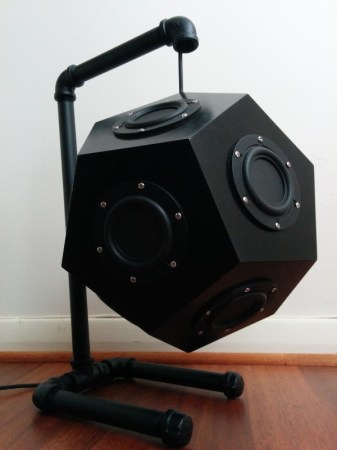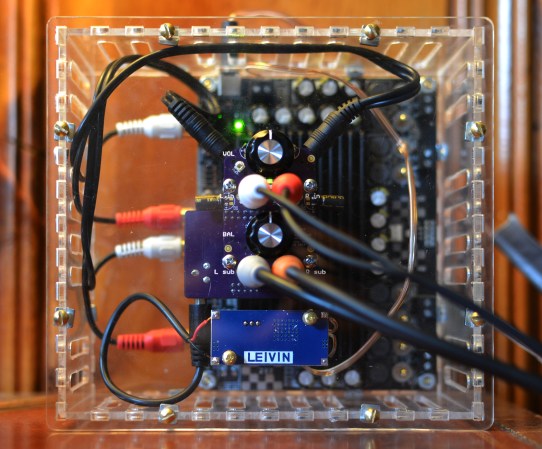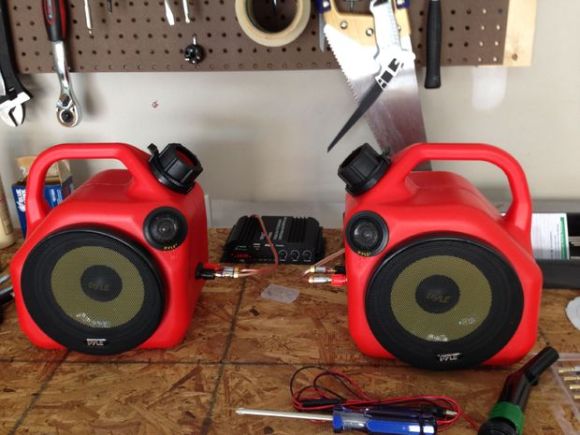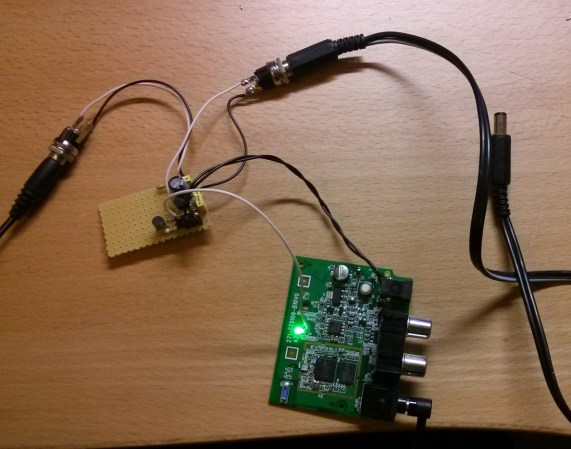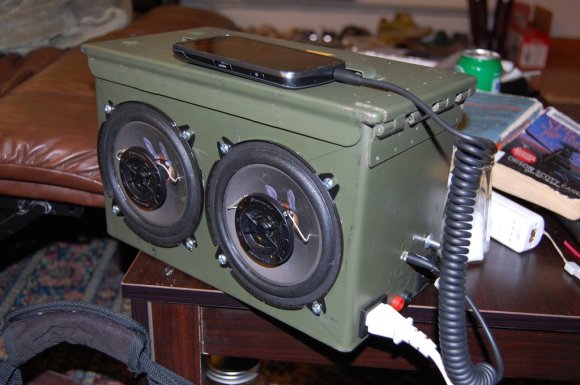It is with great pleasure that we are able to announce the final slate of speakers for Hackaday’s 10th Anniversary on October 4th in Pasadena. There are still around 30 tickets left for the conference so get yours now!
The most recently confirmed speaker is a man of many names. [Ryan Clarke] may be better known as [LosT], [1o57], or [Lostboy]. For years he has been driving the flagship contest at DEFCON by generating cryptographic puzzles that run far and deep through the 4-day conference and beyond. His talk will venture into the art and science of putting together these challenges, and the lengths at which determined hackers will go to solve them. His site gets taken over each year for DEFCON, so you might want to explore his Twitter account if you’re looking to learn more about this mysterious figure.
The other four speakers have already been mentioned in the initial announcement and last week’s follow-up. [Steve Collins] will discuss how his early interest in hacking led him to become an engineer at NASA. [Quinn Dunki] will have her scratch-built Veronica computer on hand and explain the adventure of the impressive project. [ThunderSqueak] will help us wrap our minds around the concept of non-binary computing, and [Jon McPhalen] will present the benefits of multi-core embedded processing versus traditional interrupt-based design.
We can’t wait for this amazing afternoon of talks which is just one week from Saturday. We hope to see you there!


